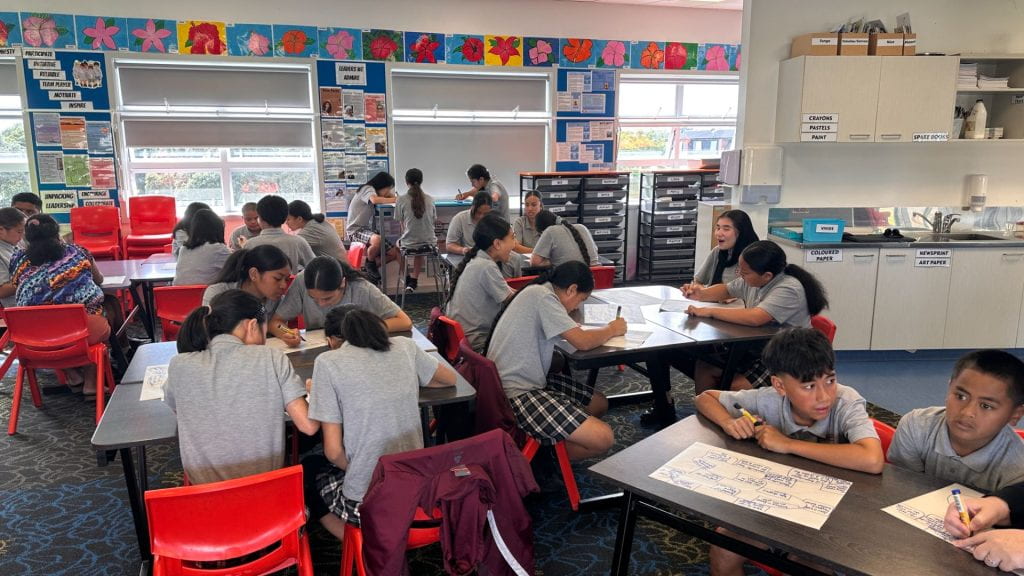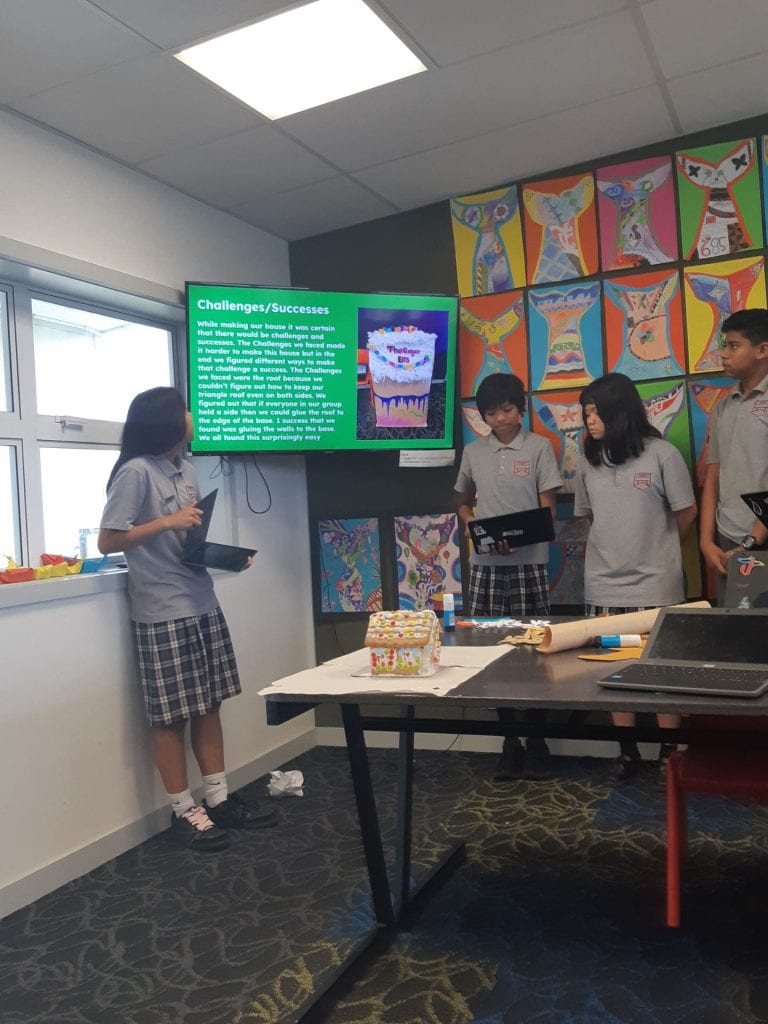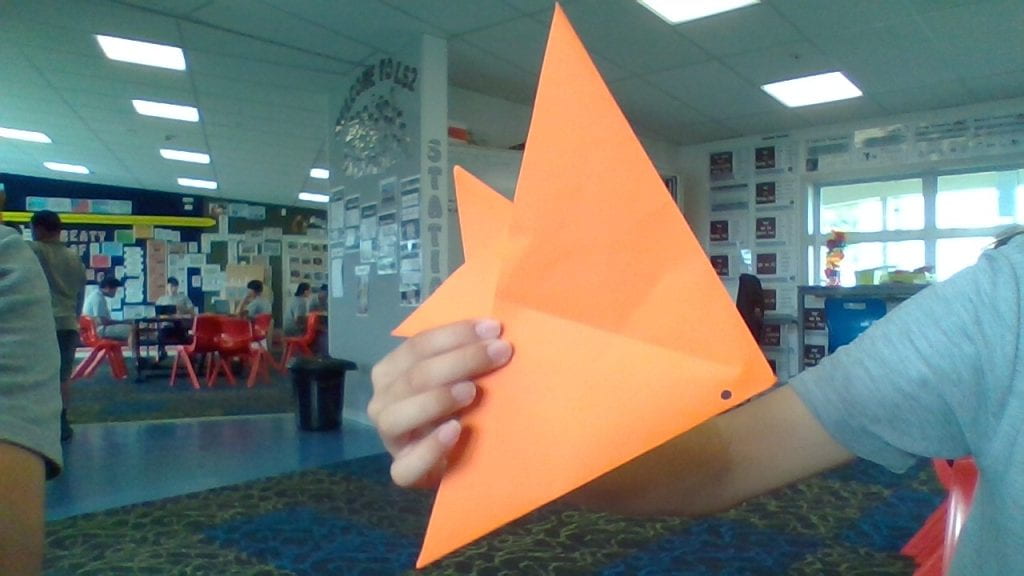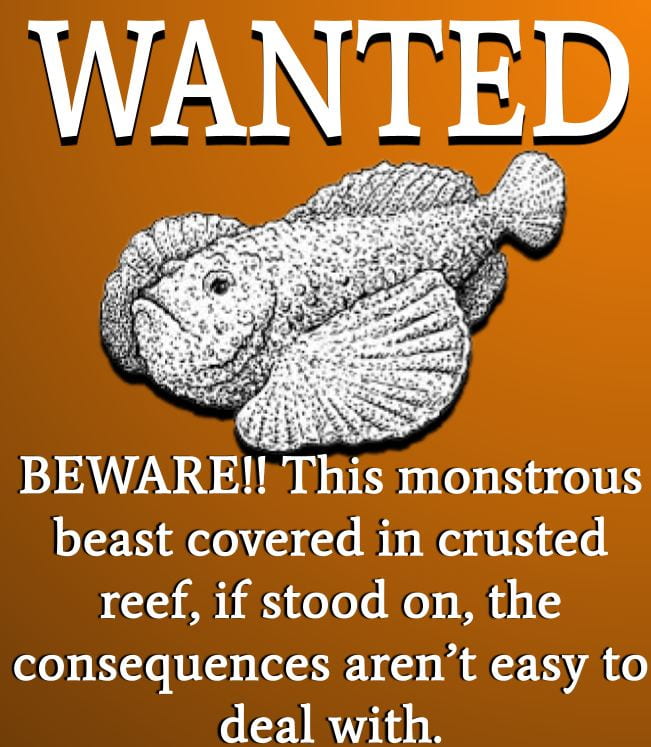
We used Papyrus AI to help us write a narrative combining the fairy tales of Snow White and the Little Red Riding Hood. We learnt that Papyrus AI is a generative AI and it predicts the next step using the patterns and the large language model. I really liked using Papyrus AI because it was easy to understand and it gave me feedback straight away which helped me improve my story. I really liked using Papyrus AI because it was easy to understand and it gave me feedback straight away. Something I found challenging was that it kept giving me suggestions, even when I didn’t need it.
Snow White and the Red Rival
Once upon a time, there was a lonely girl named Snow White who lived in a grand palace. Snow White was a quiet person who loved playing sports, especially rugby. Her life took an unexpected turn when her father remarried, bringing a new stepmother and a young girl named Little Red Riding Hood into their lives. Initially, Snow White was more excited than nervous about having someone new to play with.
Both Snow White and Little Red Riding Hood shared a passion for sports, yet their interests differed greatly. While Snow White loved rugby, Little Red Riding Hood was an avid netball enthusiast. It wasn’t long before their differences sparked a heated debate over which sport was superior. The argument turned sour, with Little Red Riding Hood saying hurtful things that left Snow White storming off to her room.
Concerned, Snow White’s father tried to console her, even buying her the latest season’s rugby kit, but his efforts fell short. Unknown to him, the new Queen, driven by selfishness, plotted with Little Red Riding Hood to rid themselves of Snow White. They devised a cunning plan, disguising themselves as old women selling apples laced with poison.
The next morning, defying her father’s warnings, Snow White was swayed by the disguised pair at the palace door. Taking a bite from the apple, she collapsed, unconscious. Proud of their deceit, the Queen and Little Red Riding Hood revealed their true selves, leaving Snow White motionless.
When Snow White’s father returned and found her on the floor, he sprang into action, using all his love and determination to revive her. Miraculously, Snow White awoke, much to the shock of her stepmother and stepsister at breakfast the following day. Realising the betrayal, her father confronted the Queen and Little Red Riding Hood. Despite his affection for the Queen, he chose to banish them from the castle.
Snow White’s father apologised for not acting sooner, and with their presence gone, Snow White felt like the happiest girl in the world. She and her father continued their lives in peace, free from the shadows of the past, living happily ever after.






